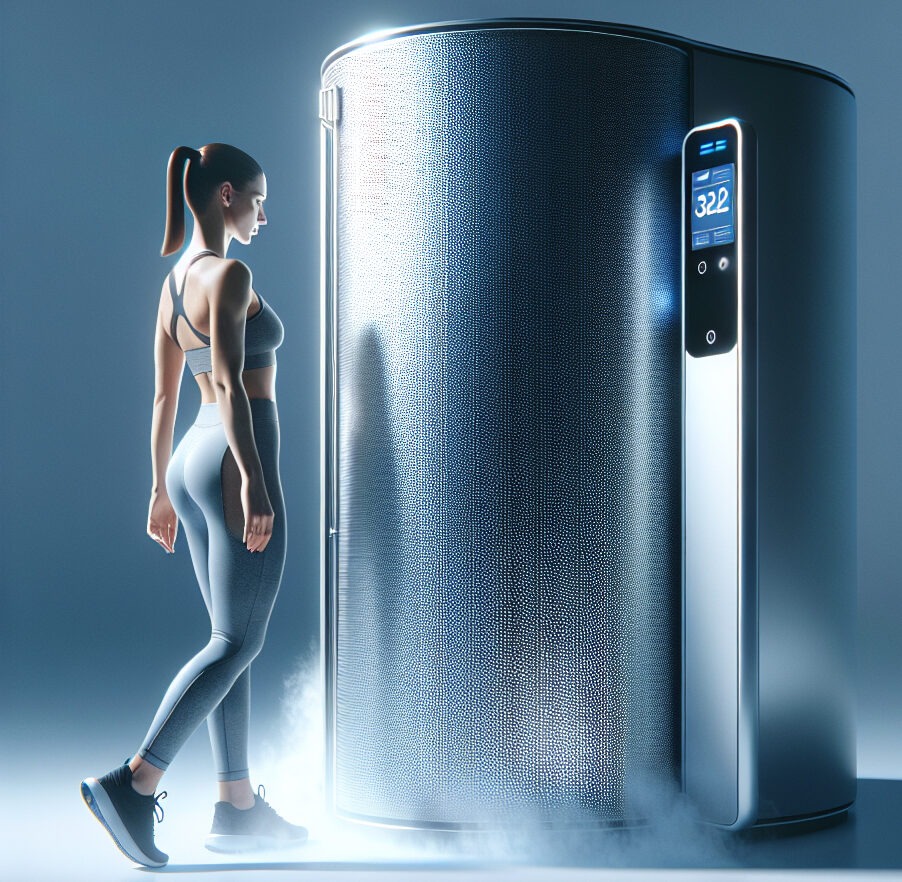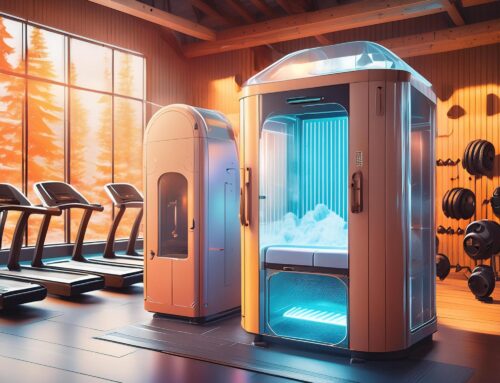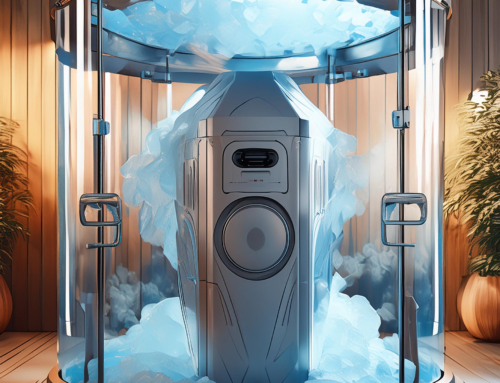Cryotherapy, a cutting-edge treatment utilizing extreme cold temperatures, has surged in popularity as a scientifically proven method with a myriad of advantages. This article delves into cryotherapy, uncovering its benefits, examining the science behind it, and discussing its various applications.
This article illustrates how cryotherapy can assist in decreasing inflammation, providing anti-aging advantages, enhancing mental wellness, and controlling pain.
Let’s embark on a journey to uncover the potential benefits of cryotherapy.
From athletes seeking faster recovery to individuals battling chronic pain, many are turning to cryotherapy. It’s also being explored for its potential in weight loss, reduced inflammation, and anti-aging. But what exactly is cryotherapy, and how does it work?
This article aims to shed light on the benefits of cryotherapy. We’ll delve into the science behind it, explore its different types, and discuss its potential applications.
Whether you’re curious about its anti-aging effects, its role in mental health, or its use in pain relief, we’ve got you covered.
By the end of this guide, you’ll have a comprehensive understanding of cryotherapy and its potential benefits. Let’s dive in.
Understanding Cryotherapy: A Brief Overview
Cryotherapy, derived from the Greek words ‘cryo’ meaning cold and ‘therapy’ meaning cure, is a treatment method that uses extremely low temperatures. It was first developed in Japan in the late 1970s to treat rheumatoid arthritis.
Since then, it has evolved and expanded globally. Today, it’s used in various fields, from sports medicine and beauty treatments to wellness therapies. Cryotherapy is praised for its potential to alleviate pain, reduce inflammation, and promote overall well-being.
The Science Behind Cryotherapy
Cryotherapy works by exposing the body to extremely cold temperatures, often below -160 degrees Fahrenheit. This exposure triggers the body’s natural defense mechanisms, causing blood vessels to constrict and reducing inflammation.
The treatment also stimulates the production of endorphins, the body’s natural painkillers. This can lead to a decrease in pain and an increase in energy levels. The cold temperatures can also boost metabolism, potentially aiding in weight loss.
Types of Cryotherapy: Whole-Body vs. Localized
Cryotherapy can be administered in several ways, depending on the specific needs and goals of the individual. The two main types are whole-body cryotherapy and localized cryotherapy.
Whole-body cryotherapy involves immersing the entire body in a chamber with extremely cold temperatures, typically below -160 degrees Fahrenheit. This method aims to trigger the body’s natural responses to cold, such as vasoconstriction and the release of endorphins, leading to reduced inflammation, pain relief, and potential metabolic benefits. On the other hand, localized cryotherapy targets specific areas of the body with cold therapy, providing a more concentrated treatment. While whole-body cryotherapy offers systemic effects and overall wellness benefits, localized cryotherapy allows for a more targeted approach to address specific areas of concern, such as injuries or localized pain.
The Benefits of Cryotherapy for Athletes
Athletes often turn to cryotherapy for its potential to enhance performance and speed up recovery. The cold temperatures can help reduce inflammation, a common issue for athletes, and promote faster healing of injuries.
Moreover, cryotherapy can help alleviate muscle soreness after intense workouts. By reducing the recovery time, athletes can return to their training regimen sooner, potentially improving their performance over time.
Weight Loss and Metabolism: Can Cryotherapy Help?
Cryotherapy has been touted as a potential aid in weight loss. The theory is that the cold temperatures can boost your metabolism, causing your body to burn more calories as it works to warm itself. There is also ongoing research on how cryotherapy affects the brown fat in the body. The benefits of cryotherapy weight loss could have an impact on your health and well-being.
While more research is needed to fully understand the impact of cryotherapy on weight loss, some studies suggest that it could be a beneficial addition to a comprehensive weight management plan. As always, it’s important to combine any treatment with a balanced diet and regular exercise.
Anti-Aging Effects: Skin Health and Collagen Production
Cryotherapy is increasingly being used in the beauty industry for its potential anti-aging benefits. The cold temperatures are believed to stimulate collagen production, leading to improved skin elasticity and reduced signs of aging.
While the anti-aging effects of cryotherapy are still being studied, many users report noticeable improvements in their skin’s appearance after regular sessions. It’s important to note that results can vary, and cryotherapy should be used as part of a comprehensive skincare routine.
Inflammation and Pain Relief: A Natural Approach
Cryotherapy is often used as a natural approach to reduce inflammation and relieve pain. The cold temperatures can help to constrict blood vessels, reducing inflammation and swelling in the body.
In addition to its anti-inflammatory effects, cryotherapy can also provide pain relief for chronic conditions such as arthritis and fibromyalgia. However, it’s important to consult with a healthcare professional before starting cryotherapy for pain management.
Mental Health Benefits: Mood and Anxiety Levels
Cryotherapy has been linked to improvements in mental health, particularly in mood and anxiety levels. The cold temperatures can stimulate the production of endorphins, the body’s natural “feel-good” hormones, leading to a boost in mood.
Moreover, some studies suggest that regular cryotherapy sessions can help manage anxiety and stress levels. However, more research is needed to fully understand the potential mental health benefits of cryotherapy. It’s always recommended to seek professional advice when considering cryotherapy for mental health purposes.
Safety and Side Effects: What You Need to Know
While cryotherapy is generally considered safe, it’s important to be aware of potential side effects. These can include temporary numbness, tingling, redness, and skin irritation. In rare cases, more serious side effects like frostbite can occur.
It’s crucial to follow safety guidelines and only undergo cryotherapy under the supervision of trained professionals. If you have any underlying health conditions, it’s recommended to consult with a healthcare provider before starting cryotherapy. Always listen to your body and stop the session if you feel uncomfortable.
Conclusion: Is Cryotherapy Right for You?
Cryotherapy offers a range of potential benefits, from pain relief to enhanced athletic performance. However, it’s not a one-size-fits-all solution. Always be aware of the potential impact of cryotherapy on your wellbeing. If you have any concerns, contact your physician.



